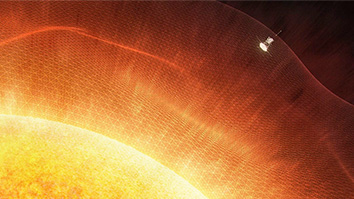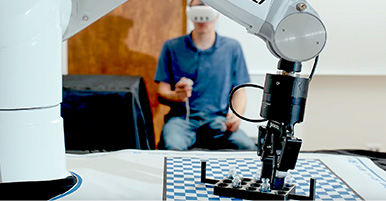Citation
Mueller-Oehring, E. M., Pfefferbaum, A., Sullivan, E. V., Rohlfing, T., & Schulte, T. (2013, 9-13 November). Diffustion tensor imaging detects callosal fiber integrity change over a 1-year follow-up in chronic alcoholics who maintained sobriety. Paper presented at the Neuroscience 2013, San Diego, CA.
Abstract
Chronic alcoholism has deleterious long-term effects on brain structure and specifically on the integrity of white matter fibers of the corpus callosum (CC) connecting the two cerebral hemispheres. Quantitative fiber tracking, derived from MR diffusion tensor imaging (DTI), has been successful in identifying regional, microstructural degradation in alcoholics in cases eluding detection of abnormality with conventional MRI volume measures. It remains untested, however, whether DTI fiber tracking can detect microstructural changes in alcoholics who have maintained sobriety during a one-year interval beyond changes potentially exhibited by controls. Here, we investigated change in CC microstructural fiber integrity over one year in 12 (7w, 5m) alcoholics (ALC) and 13 (7w, 6m) age-matched controls (CTL). ALC and CTL did not differ in years of education (mean=15 years for both groups) or verbal IQ (CTL=107, ALC=104). In ALC, age at alcoholism onset was on average 37 years (range 15-56 years); the average time since last drink before study entry was 3½ months for ALC. Within the 1-year follow-up period, 6 ALC remained sober and 6 resumed drinking at social levels. Using the linear mixed effect (lme4) model of REML in the statistical package R, we examined effects of group (CTL, ALC) and time (baseline, 1 year) on fractional anisotropy (FA), mean diffusivity (MD), and longitudinal (λl) and transverse diffusivity (λt) of fiber tufts of the whole CC. For FA, lme4 analysis indicated a significant effect of diagnosis (CTL > ALC, t=4.05) and a diagnosis-by-time interaction (t=2.35) and a negative slope (t=-2.33); thus, the ALC group had lower FA values and a steeper slope of decline than the CTL over the year. For MD, the results also showed a significant effect of diagnosis (CTL < ALC, t=-2.47) and a diagnosis-by-time interaction (t=-2.03) but with a positive slope (t=2.15). These effects were confirmed for λt (group t=-2.59; interaction t=-2.85, slope t=2.31) but not for λl (t’s < 1.8). To the extent that λt reflects myelin integrity, these data suggest continued myelin degradation over time. Together, the comparison of slopes revealed significant continued decline in FA and increase in MD, particularly for λt of the ALC compared with the CTL. Group differences could not be attributed to numbers of fibers tracked because fiber counts were comparable for the two groups. These data indicate compromise in white matter fiber integrity of the corpus callosum and a faster annual rate of decline in the ALC than CTL. Whether the observed slopes would be steeper in ALC who continue heavy drinking or flatter in those who maintain extended sobriety remains unanswered.
Keywords: Alcoholism, Diffusion tensor imaging, callosum


